Fume hood safety
March 1, 2023
Fume hood, laminar flow hood/clean bench, and biosafety cabinet
The equipment described here will either protect the materials inside them from contamination or protect the worker from a hazard, in one case it does both. Confusing these can be dangerous. If you are unsure of which equipment to use in your laboratory reach out to EHS for assistance.
Fume Hood – Chemical Safety
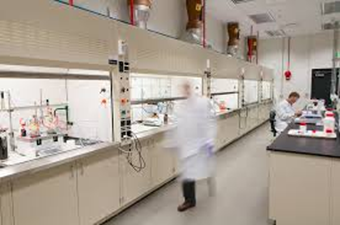
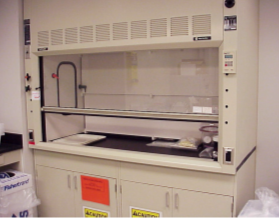
Fume hoods direct airflow away from the laboratory worker inward over the work surface up through a duct and out of the building. These keep the fumes from volatile substances and other chemical hazards away from the worker. These will not keep the material inside the hood sterile. The hood is not used for protection of pathogen or other biological hazards. Labconco Fume Hood Airflow Demonstration
Applications: Odorous materials, toxic gases, reactive materials, corrosive chemicals, flammables, or other toxic and volatile materials.
Biological Safety Cabinet - Biological Safety
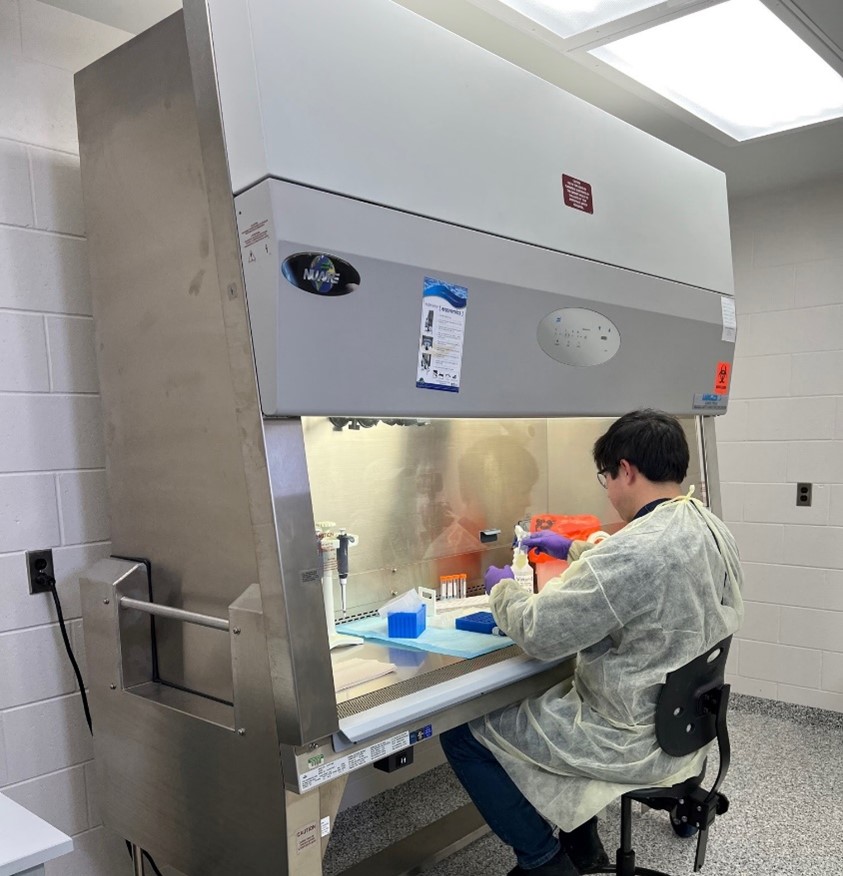
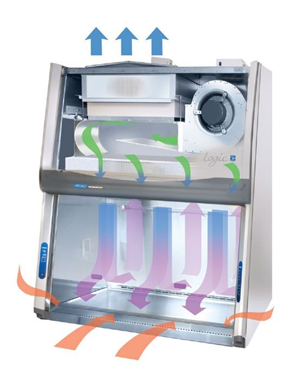
Airflow diagram courtesy of Labconco.com
These cabinets are used for keeping materials sterile like for cell culture, while also protecting the worker from recombinant and pathogenic materials. The air is drawn safely around the operator, flows under the worksurface, passes through a HEPA filter then flows downward back onto the work surface. Exhaust air ducts to the outside and can be used with some toxins or mg quantities of certain chemicals but must be approved by EHS.
Applications: infectious microorganisms or other hazardous particulates.
Laminar Flow Hood/Clean Bench - Material Safety
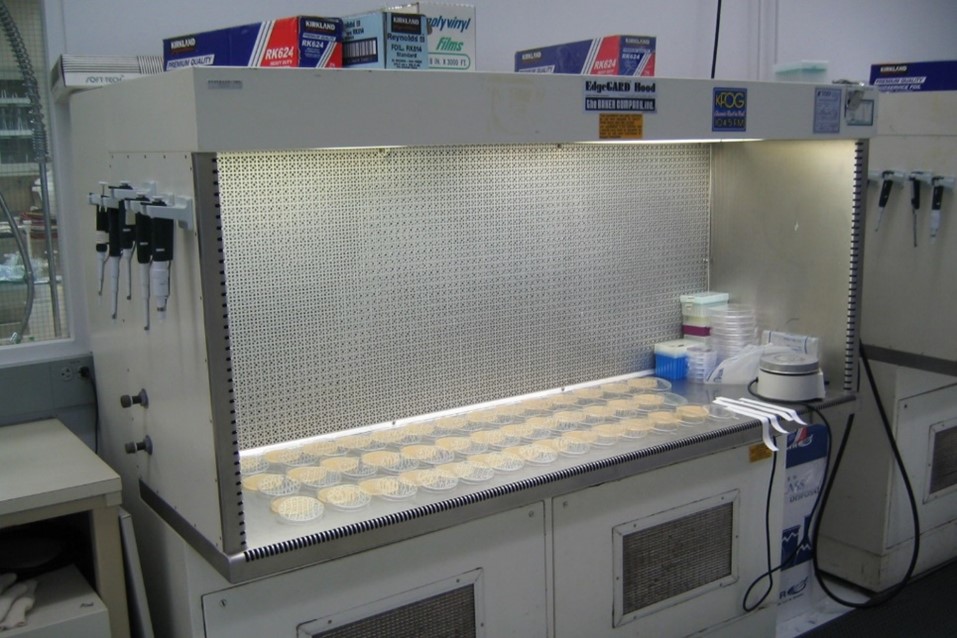
This equipment is not an engineering control, it does not limit your exposure to hazards. Laminar Flow Hoods/clean benches are used to keep materials inside it sterile. The air blows across the bench over the material toward the worker in the front. This is for non-hazardous and non-pathogenic materials. This will not protect the worker, only the materials inside the hood. If you will be using human cell lines, recombinant materials, pathogenic organisms (including plant pathogens), or chemicals, do not use this equipment.
Applications: native plant cultures, non-pathogenic E. coli
If you still have questions regarding which type of equipment to use, or want more information on how they work, reach out the EHS office.

